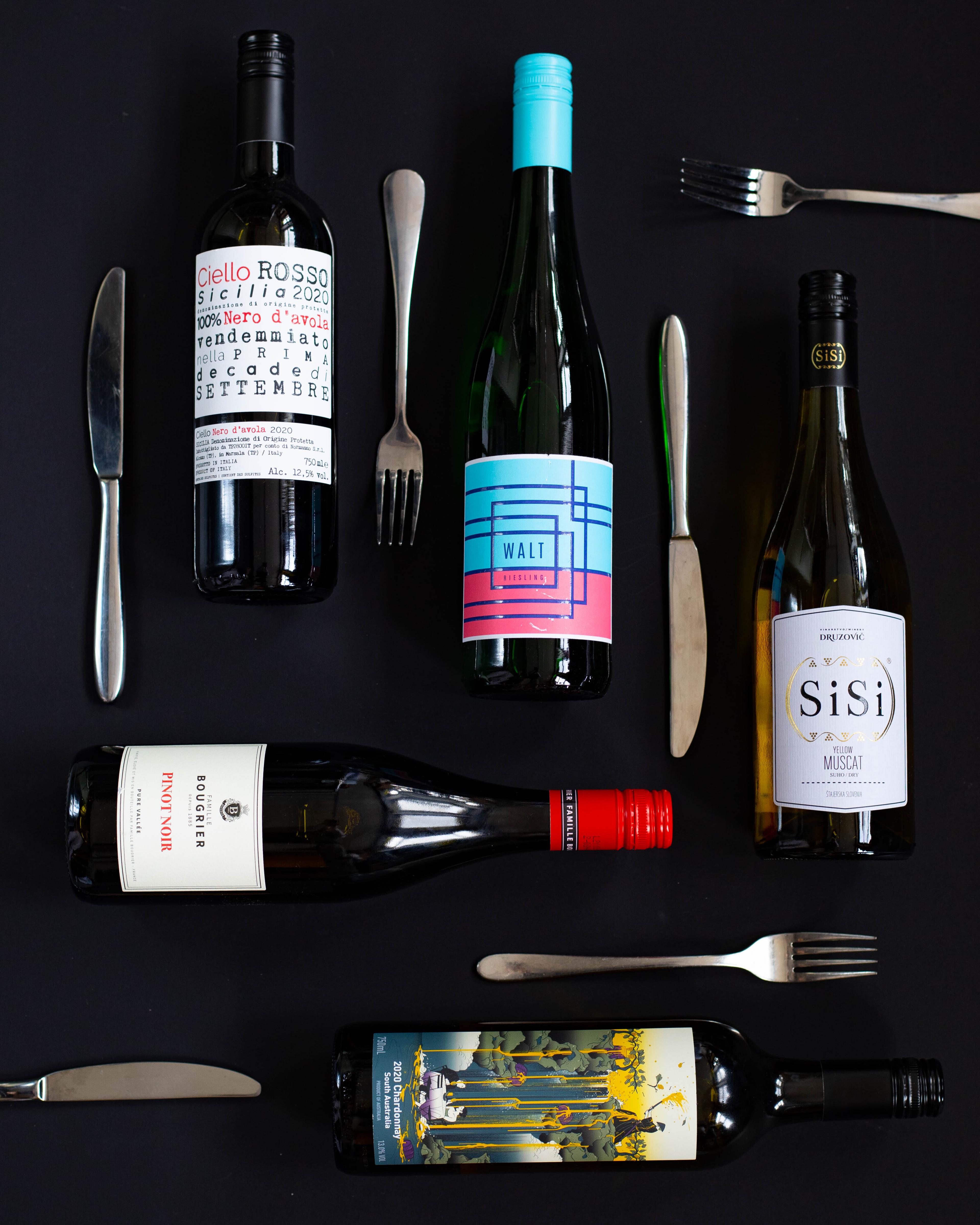How much do you actually know about wine? C’mon, be honest with yourself. Do you really know the difference between a Merlot and a Pinot Noir? Or have you just seen Sideways too many times? Wine is a wonderful beverage with a great deal of depth and, as a result of that depth, the wine world can be a little complicated. You’ll find loads of intricate terms flying about (“what even is a tannin?”) and it’s easy to keep schtum at a restaurant if you feel like the sommelier is going to laugh at you for asking a question.
Well, I’m here to tell you that you should never be embarrassed to admit you don’t know anything at all about wine. Or anything at all about anything for that matter. Speaking to your somm at a restaurant is always the best way to get to grips with the specific intricacies of a certain wine list. However, if you want a little help when you’re in your local wine shop (or browsing a hip and trendy online wine merchant), here’s a quick cheat sheet that’ll give you a brief overview of the different types of wine that are out there, and what you should know about wine. Aside from the fact that it’s fermented grape juice. And it’s bloody great.
No, you don’t need to go on a WSET course to get to know the very basics. Save that for when you’re ready to commit to a lifetime of cork collecting and getting excited at the concept of terroirs. This guide is for the complete newbies who think that you can make rosé by mixing a bottle of white and red into a punch bowl. Spoilers: that’s not how you make rosé. But it’s also not completely far off either. Here’s everything you need to know about wine, at a very basic level.
